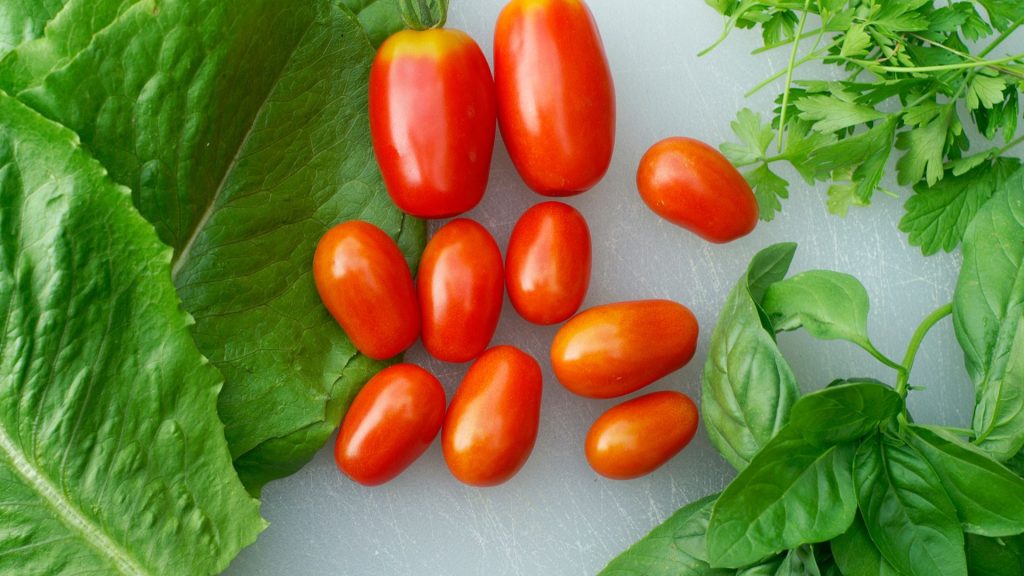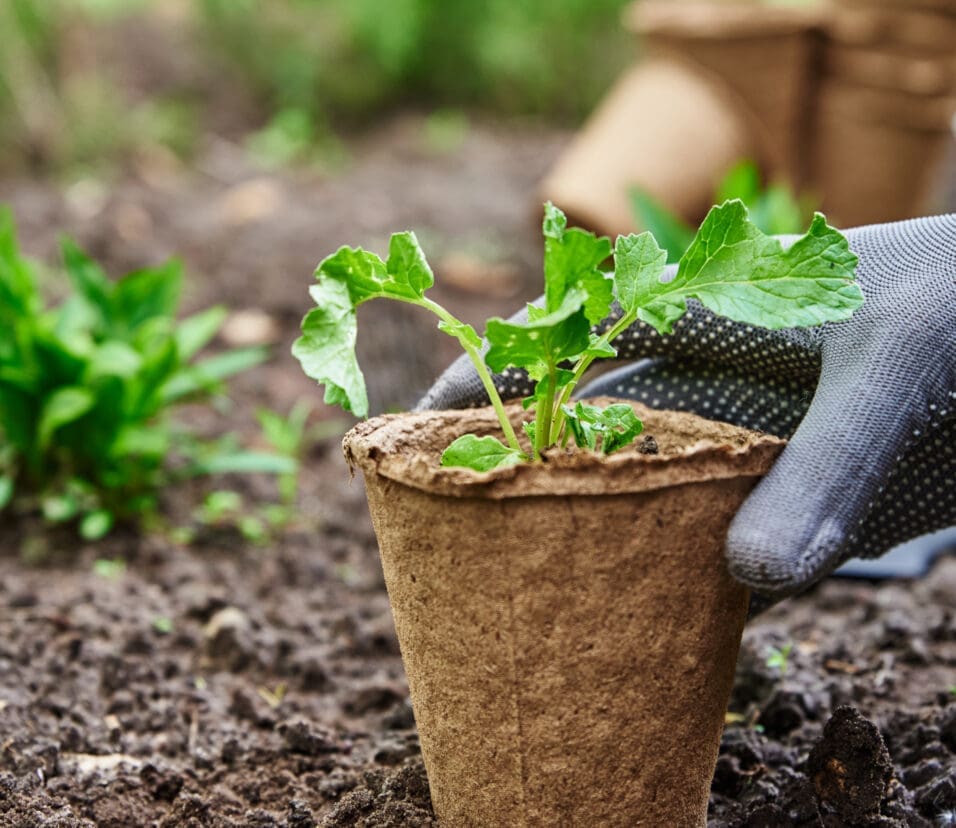Trying to eat healthier is a given and we know that herbs add nutrients as well as flavour to most foods. But not only do they add flavour, but they can also be used to create natural remedies for a variety of ailments. Herbs are one of the most versatile plants that you can grow in your home. Herb gardens are also a great way to add beauty and functionality to your outdoor space. And best of all, they’re relatively easy to care for.
The best part is that you don’t need a lot of space to grow them, even a small pot on your windowsill can provide you with an abundance of fresh herbs. It’s much cheaper than buying them at the store, and more satisfying too! Once you are ready to get started all you need are high-quality seeds or seedlings, a sunny windowsill, some organic potting soil and lots of love and care to give!

WHICH HERBS TO GROW
There are hundreds of different types of herbs out there, so it can be tempting to want to grow them all. However, it’s important to choose wisely and only plant the herbs that you will use. A good rule of thumb is to pick three to five different types of herbs that complement each other in terms of flavour and growth habits. Some popular herb garden combinations include basil, oregano, and thyme; cilantro, mint, and parsley; or rosemary, sage, and thyme. These are all good options for beginners.
WHERE TO PLANT
One of the most important factors in successfully growing herbs is choosing the right location. Most culinary herbs thrive in full sun, between 7 – 8 hours of exposure, this is the ideal amount of time for them to produce the essential oils that make them so fragrant and delicious. If you don’t have a spot in your yard that gets that much sun, you can also grow herbs indoors near a sunny window. If you live in an area with hot summers, consider planting your herbs in pots so you can move them around to avoid excessive heat.
CONTAINERS FOR YOUR PLANTS
Planting Indoors: If you’re growing herbs indoors, any type of pot or container that has drainage holes will work.
Planting Outdoors: Herb gardens can be created in raised beds, pots, or even old tires. Just make sure there are drainage holes, so the roots don’t get waterlogged.
PLANTING YOUR HERBS (Outdoors)
Once you’ve narrowed down your choices, do a little research on each individual herb to find out how large it will get at maturity and how much sun and water it needs.
Make sure to prepare the soil. Most herbs prefer well-drained soil that’s not too fertile. If you’re not sure about the quality of your soil, consider getting it tested. Once you know what kind of soil you have, you can amend it as needed to create the perfect environment for your plants.
When you’re ready to plant, dig holes that are twice as wide as the pots your plants came in and space them about 12 inches apart. Gently remove the plants from their pots and place them in the holes, making sure to cover the roots with soil. Water well and fertilise every few weeks according to the package directions.
When it comes to watering, overwatering is more likely to kill them than underwatering. A great trick to assess the soil’s moisture level is to stick your finger an inch or two in the pot.
HARVESTING YOUR HERBS
The first step is knowing when to harvest. Once your plants are established and have started producing new growth, it’s time to start harvesting! As a rule of thumb, you want to wait until the plant has enough leaves to ensure that you won’t be damaging its growth. Once you’ve determined that it’s time to harvest, cut or pinch the stem about an inch above a set of leaves. For most herbs, you’ll want to cut off just the top two inches of growth. This will promote new growth and prevent the plant from becoming leggy. Oregano and thyme can be harvested a bit more aggressively, you can cut up to one-third of the plant without damaging it.
When harvesting herbs, you want to cut them just before they flower. If you wait until after they flower, the flavour of the herb will be diminished. For instance, once flowers start to form on basil, it starts to develop a bitter flavour. To avoid this, cut off any flower buds that appear. You can also pinch off the stems above any leaves that are starting to turn yellow — this will encourage the plant to produce new leaves.
You also want to make sure that you cut them in the morning before the sun has a chance to dry out the leaves. Using a sharp knife or pair of shears, cut the stems of the herb about an inch above where they branch off from the main stem. Be sure to discard any leaves that are yellow or brown – these leaves will not have as much flavour as the green ones.
STORING YOUR HERBS
Once you have harvested your herbs, you can store them in several ways:
1. Dry them: Tie several stems together with string and hang them upside down in a cool, dark place. Once they are dried, strip off the leaves and store them in an airtight container. Dried herbs can be used for cooking or made into tea.
2. Refrigerate them: If you’re not planning on using your herbs right away, give them a quick rinse and then pat them dry before storing in a moisture-free container in the fridge.
3. Freeze them: Simply wash and dry the herbs, then chop them up and store them in an airtight container in your freezer. Frozen herbs can be used just like fresh ones, add them to soups, stews, sauces, or whatever else you can think of!
4. Store them in Oil: Not only does this method help preserve their flavour, but it also means that your herbs will be ready to use at a moment’s notice. Simply add your rinsed and dried herbs (we like thyme, oregano, and rosemary) to a jar filled with olive oil, making sure there are no air bubbles remaining. Then seal the jar tightly and store in a cool dark place for up to six months. When you’re ready to use, simply remove the desired number of herbs (using clean utensils) and return the jar to its spot.
Fresh herbs are a wonderful way to take your cooking up a notch. Not to mention the numerous medical benefits that many of them have. Herbs have been used for centuries as medicine for all nature of maladies. So, they enhance your cooking and enhance your health! You don’t need much of a green thumb to reap all these amazing benefits, so what are you waiting for? Get out there and start harvesting!







